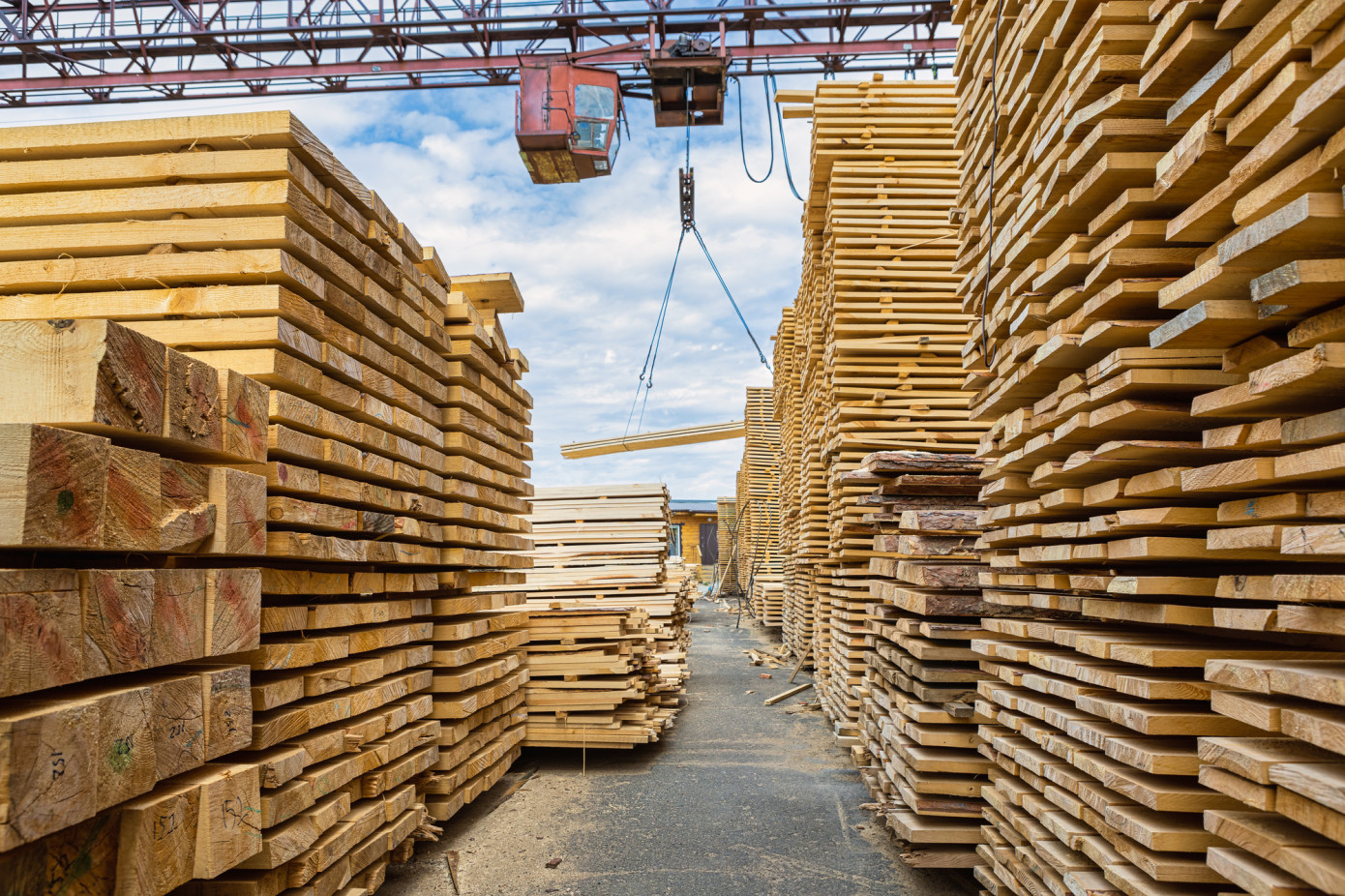Low lumber prices are forcing sawmills to cut production on both sides of the Atlantic. In Europe, sawmill companies also face rising sawlog prices, significantly eroding their margins. Many are hoping that lumber prices in the U.S. market will rise, which will mark a new growth cycle. However, despite the construction season, U.S. lumber prices remain stagnant, and sawmill closures have not stopped the decline to post-pandemic lows.
Lumber prices have dropped during the building season, indicating trouble in residential construction and home-improvement markets due to high borrowing costs. The price of two-by-fours, a key housing market indicator, signals caution. Lumber futures fell 3% to $452.50 per thousand board feet, down 27% since mid-March. Cash prices are even lower, with Random Lengths’ framing-lumber composite price dropping to $366, the lowest since May 2020. Southern yellow pine prices also hit lows not seen since the Covid market crash, with the Southern pine composite price falling to $335 last week.
Two-by-fours were one of the initial assets to decline from their pandemic peaks when the Federal Reserve initiated interest rate hikes in March 2022. The central bank aimed to cool down the overheated housing market and curb the spending associated with rising property values. Despite this, a robust labor market and a shortage of homes for sale kept builders occupied. However, by the end of last year, the highest mortgage rates in decades started to have a significant impact.
Sawmill expenses, from labor to logs, have risen significantly since 2020, leading many mills to operate at a loss. North American sawmill capacity fell by 2% in 2023 due to closures outweighing openings and expansions. Despite these cuts, housing starts fell by 17% between February and May to a seasonally adjusted annual rate of 1.28 million. Building permits for new residential units also dropped in May to their lowest level since June 2020.
West Fraser Timber, the largest lumber producer in North America, closed mills in British Columbia and Florida and curtailed production in Arkansas. Teal-Jones Group, a Canadian firm, filed for bankruptcy protection due to high costs and low lumber prices, putting its assets, including multiple mills, up for sale, WSJ reports.
Forest-product executives expect prices to rebound once more mills close and supply aligns with reduced demand. They also anticipate that lower interest rates will help revive the repair and remodeling market, which consumes about 40% of lumber. Devin Stockfish, Weyerhaeuser CEO, highlighted that many producers are operating below cash flow break-even and cannot sustain this indefinitely.
